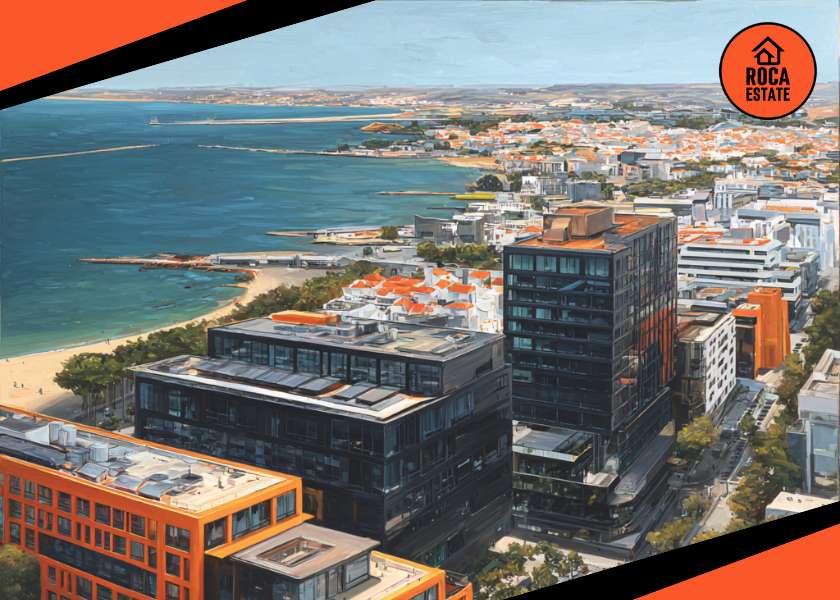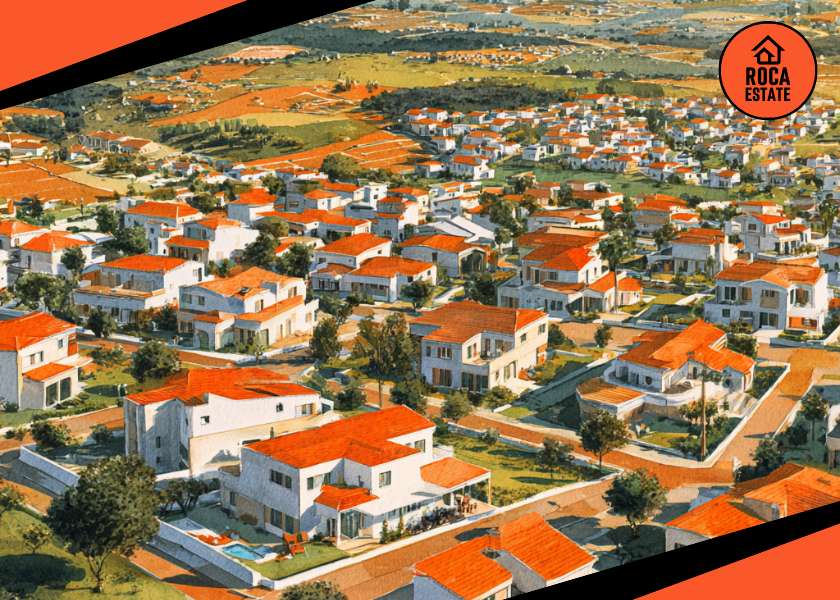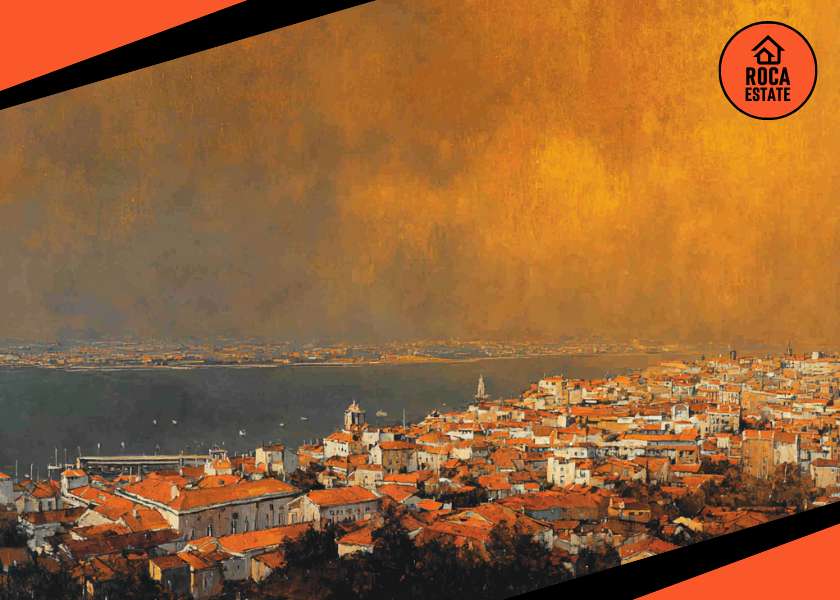The latest flash statistics released by Portugal’s National Statistics Institute (INE) provide a revealing snapshot of the country’s tourism performance for February 2025. The data, which encompasses hotel establishments, local accommodations, and rural tourism, indicates that the Portugal tourism sector continues to demonstrate financial resilience, even as visitor volumes show signs of contraction.
For real estate investors active in hospitality and short-term rental markets, these findings are particularly relevant. Despite a year-on-year drop in overnight stays, total revenue and key profitability metrics rose, underscoring a shift in how the market generates value. This article unpacks the core insights from the report and outlines strategic considerations for investors moving forward.
Revenue Growth in the Face of Fewer Guests
In February 2025, the Portugal tourism sector recorded 1.8 million guests (+0.6% YoY) and 4.2 million overnight stays, reflecting a 2.5% decline compared to the same period in the previous year. Yet, despite this drop in volume, the sector generated €287.7 million in total revenue, representing a 4.0% increase. Accommodation-specific revenue also climbed 3.4% to €208.8 million.
This paradox – rising revenue amid fewer overnight stays – points to improved pricing strategies and stronger revenue management. It also suggests that travelers are either spending more per stay or choosing higher-end accommodation, trends that benefit property owners positioned in the upper tiers of the market.
Strong Performance in RevPAR and ADR
Two critical metrics for real estate investors – Revenue per Available Room (RevPAR) and Average Daily Rate (ADR) – posted healthy gains. RevPAR rose to €39.6 (+4.5%), while ADR increased to €87.9 (+4.9%). These figures indicate not only that operators are maintaining competitive pricing but also that demand remains strong enough to support rate growth.
This bodes well for short-term rental operators and hotel owners alike, particularly those in Portugal’s primary tourist hubs such as Lisbon, Porto, and the Algarve, where premium rates and year-round tourism support consistent yields.
Shifting Source Markets and Seasonal Considerations
The composition of inbound tourists saw notable changes. Overnight stays by residents decreased slightly (-0.8%), while non-resident stays saw a more significant drop of 3.3%. Among the top 10 international markets, only Poland posted growth (+23.2%). In contrast, Brazil, typically a strong contributor, recorded an 18.9% decline.
Investors should note that these trends were partially influenced by calendar distortions. February 2025 had one fewer day than the previous year (a non-leap year), and the Carnival holiday, typically a peak tourism period, shifted to March. These temporal factors complicate direct year-on-year comparisons but also highlight the importance of understanding seasonality and event-driven demand fluctuations.
Strategic Implications for Investors
Given the current data, several key takeaways emerge for real estate investors considering or already exposed to the Portugal tourism sector:
- Focus on Profitability, Not Just Occupancy
Rising RevPAR and ADR suggest that profitability can be achieved even when total guest numbers decline. Investors should prioritize properties capable of commanding higher rates, especially those with value-added amenities or unique positioning. - Watch for Emerging Demand Sources
Poland’s increase in overnight stays points to potential in under-tapped source markets. Diversifying marketing and operational strategies to capture demand beyond traditional Western European or South American markets could offer long-term advantages. - Plan Around the Calendar
Seasonal and event-driven shifts continue to play a large role in monthly performance. Properties in locations that benefit from predictable seasonal surges, like Carnival or summer festivals, may offer higher upside, but also require precise timing and cash flow planning.
A Data-Driven Outlook for 2025
As the Portugal tourism sector moves deeper into 2025, the focus for investors should be on risk-adjusted growth. Revenue resilience in the face of volume declines suggests a mature market that rewards operational discipline and strategic asset selection. However, exposure to external factors – international travel trends, economic conditions in source markets, and calendar-driven seasonality – remains a key risk.
Real estate investors should monitor forward bookings, air travel data, and geopolitical developments that may influence tourist flows. Diversification, both geographically and across market segments, will be vital to sustaining returns.
Portugal Remains a Solid but Evolving Investment Landscape
The February 2025 figures affirm that the Portugal tourism sector is adapting well to changing conditions. For investors, this presents an opportunity to re-evaluate portfolios with a focus on quality, yield, and long-term sustainability. Success will depend not just on where and what you buy, but on how you manage, price, and position your asset in a competitive, evolving market.
The message is clear: while guest counts may fluctuate, revenue potential remains strong – if you know where to look.
Explore profitable real estate investment opportunities at Roca Estate.




































































































